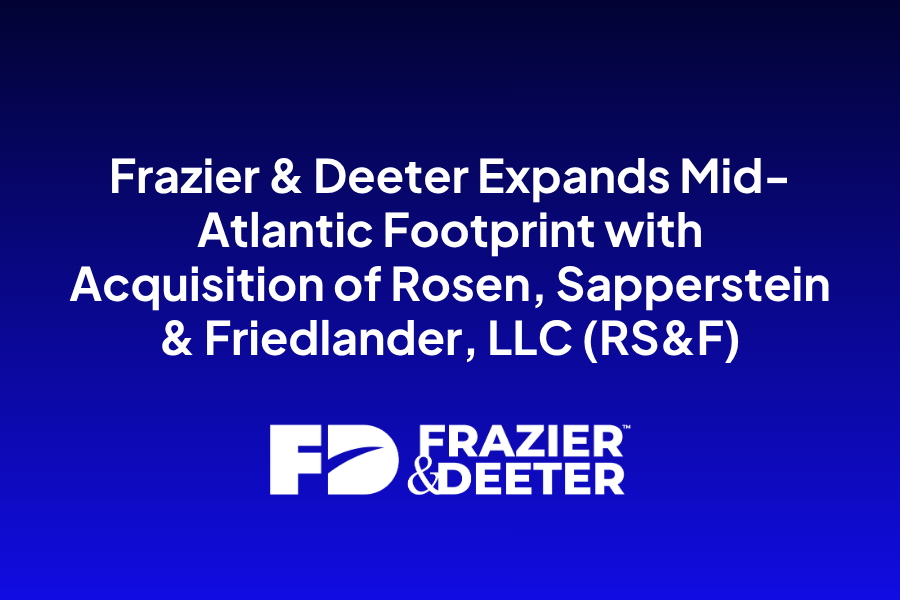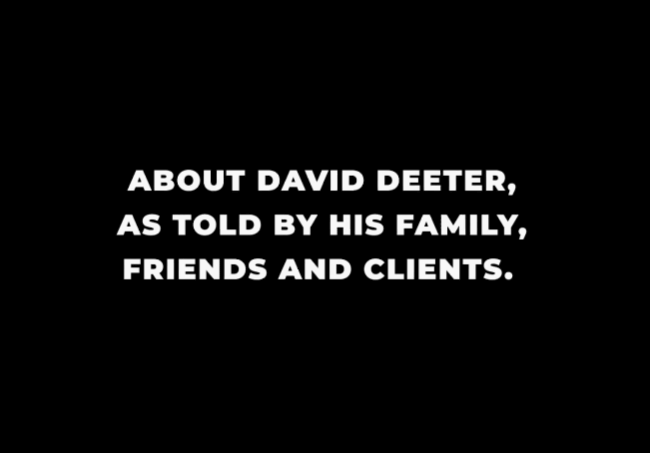IRS Identifies Categories of Workers Eligible for New Tip Deduction

The IRS has released guidance on how the new tip deduction will work including more details on the occupations eligible for this tax break. Public Law 119-21 (OBBB) creates a temporary deduction for tips received up to $25,000 per year, per taxpayer, retroactive to the beginning of 2025. Because it applies to the 2025 tax year, the IRS has rushed out proposed regulations listing almost 70 separate occupations of workers that “customarily and regularly” received tips before December 31, 2024. Presumably, this cut-off period will prevent workers and employers from adding tips as compensation to jobs that have not traditionally had them in an effort to qualify for the deduction. The rules also define “qualified tips,” as explained below.
How the Tip Deduction Works
The “No Tax on Tips” is actually a deduction that phases out for taxpayers with incomes above $150,000 for single taxpayers ($300,000 for joint returns). Married taxpayers must file jointly to get the deduction. The deduction expires after 2028.
The deduction is allowed for both employees and independent contractors and also for both itemizers and non-itemizers and is reported on new Schedule 1-A of Form 1040.
Income from specified service trade or businesses (professional services) generally do not qualify for the tip deduction. Tips received by a business owner are only deductible if the gross income from the business including the tips exceeds business deductions. Taxpayers who receive the deduction cannot take the QBI deduction for the same income.
Tips must be reported by employers separately on income reporting forms, such as the W-2 and the Form 1099 series, the 1099-K or Form 1099-NEC.
List of Occupations that Receive Tips
For purposes of the tip deduction, the IRS created a new categorization system, the Treasury Tipped Occupation Code, to identify occupations that customarily involve tips as a part of the compensation. Occupations are listed by a three-digit code and include descriptions of the type of work done by each category of worker. The proposed regulations group the occupations into eight categories:
- 100s – Beverage and Food Service
- 200s – Entertainment and Events
- 300s – Hospitality and Guest Services
- 400s – Home Services
- 500s – Personal Services
- 600s – Personal Appearance and Wellness
- 700s – Recreation and Instruction
- 800s – Transportation and Delivery
The comprehensive list provides an Occupation Title for each occupation code, a brief description of the types of services performed by individuals working in that occupation and illustrative examples of specific occupations that would be included under the specific code.
Example: Digital Content Creators
| Treasury Tipped Occupation Code (TTOC) | TTOC Occupation Title | TTOC Occupation Description | TTOC Illustrative Examples | Related Standard Occupational Classification System Code(s) |
| 209 | Digital Content Creators | Produce and publish on digital platforms original entertainment and personality-driven content, such as live streams, short-form videos, or podcasts | Streamer, online video creator, social media influencer, podcaster | 27-2099 |
Definition of Qualified Tips
In order to claim the deduction, a worker must both be in an occupation on the list and receive “qualified tips.” Qualified v. nonqualified tips are determined by applying the following factors:
- Qualified tips must be paid in cash or a cash equivalent, such as check, credit card, debit card, gift card, tangible or readily exchangeable intangible tokens, or another form of electronic settlement or mobile payment application (excluding most digital assets) denominated in cash.
- Qualified tips must be received from customers or, for employees, through a mandatory or voluntary tip-sharing arrangement, such as a tip pool.
- Qualified tips must be paid voluntarily by the customer and not be subject to negotiation. Qualified tips do not include some service charges. For example, if a restaurant imposes an automatic 18% service charge for large parties and then distributes that amount to waiters, bussers and kitchen staff, the tips will not be qualified if the customer has no option to disregard or modify the charge.
- Not surprisingly, any amount received for illegal activity, prostitution services, or pornographic activity is not a qualified tip.
Cash tips do not include items paid in any medium other than cash or charge, such as event tickets, meals, services or other assets that are not exchangeable for a fixed amount in cash (such as most digital assets).
Finally, the regulations explain that tips are amounts paid by customers for services that are in excess of the amount agreed to, required, charged, or otherwise reasonably expected to be paid for the services in an “arm’s length transaction.”
Observations
Employers will need to be more careful than ever to comply with tip reporting given the addition of this new tax benefit. Also, the qualified v. unqualified tip issue can be complicated for some occupations, for self-employed workers and for professional services. The potential tax benefit is significant. Therefore, it is important to consult with your tax advisor to determine if your business is reporting tips correctly and to determine if you may qualify for the deduction as a business owner.
Explore related insights
-
Navigating the One Big Beautiful Bill Act: FD’s Insights & Analysis
Read more: Navigating the One Big Beautiful Bill Act: FD’s Insights & Analysis
-
Frazier & Deeter Strengthens Forensics & Litigation Support Practice with Strategic Addition
Read more: Frazier & Deeter Strengthens Forensics & Litigation Support Practice with Strategic Addition
-
Frazier & Deeter Expands Mid-Atlantic Footprint with Acquisition of Rosen, Sapperstein & Friedlander, LLC (RS&F)
Read more: Frazier & Deeter Expands Mid-Atlantic Footprint with Acquisition of Rosen, Sapperstein & Friedlander, LLC (RS&F)






